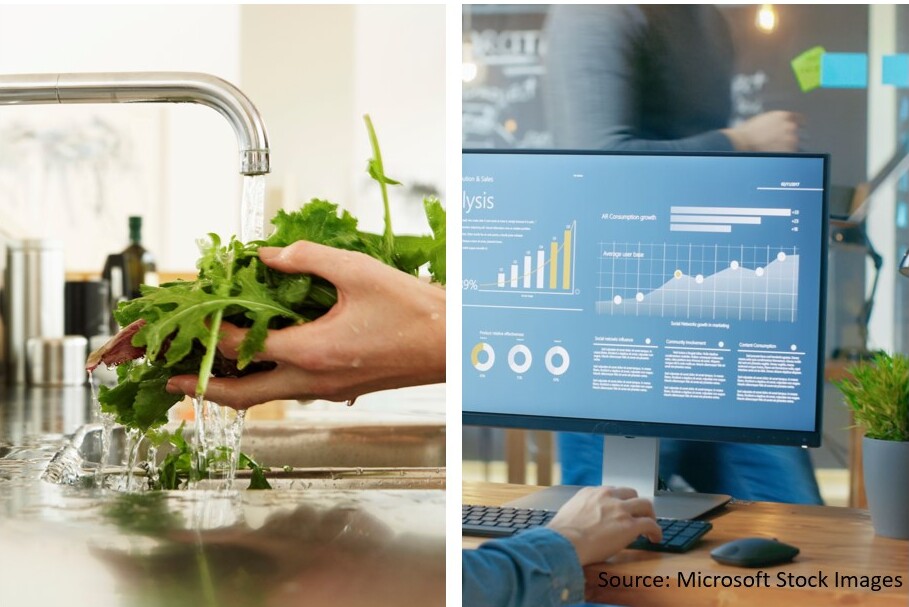
Water is a valuable natural resource that all organizations use in one way or another. For some organizations and sectors where water is used in manufacturing processes (such as tourism, food and beverage production, and renewable energy production), it is critical to success and survival. Rising costs suggest that the impact of water on success and profits should not be underestimated, even if it is simply used to provide staff and visitors with domestic services (kitchen and toilet). In countries where there seems to be plenty of water, it is often not perceived as a resource and is not always managed as effectively as other resources (such as energy and raw materials). However, savvy organizations that are already successfully managing water use and improving their efficiency understand that large amounts of energy are required to collect, process, pump and heat water. These organizations recognize that this use of energy will inevitably increase carbon emissions and water bills, and that the actions they are taking now will contribute to the continued sustainability and profitability of their business.
How can you control water consumption in your cafe or hotel? First you need to understand what drives your water consumption and how much you pay for fresh water and wastewater. Your accountant or office/building manager should be able to provide all relevant invoices and meter readings. These records are also kept by the water companies. In addition to data on total water use, try to obtain records of water use for specific departments and activities (eg toilets, manufacturing process).
In addition to checking water bills, there are other methods for collecting information on water use:
● Bucket and stopwatch approach: By counting the time it takes to fill a bucket (or a container of known volume), you can calculate the flow (liters per minute) and then determine the water flow based on the duration and frequency of each usage event.
● Manufacturer and Model Data: You can contact the manufacturers directly or search the Internet for equipment specifications to determine the water flow for each event.
● Non-invasive ultrasonic flowmeters: These can be installed outside water pipes to monitor flow rates and profile water usage in target areas or processes.
● Shutdown Check: By recording the water meter reading when everyone has left the building and just before resuming work, you can determine how much water is still in use when the facility is empty.
Ideally, the data you collect should be stored or recorded electronically, such as in a spreadsheet that allows you to filter and display data on graphs and better understand what is happening. Benchmarking analysis can be used to compare your water use with other similar companies/offices. This way you can be sure that the improvement goals are based on practical achievements. This is the key advantage of benchmarking.
After collecting and analyzing your data, you can prepare a list of actions to eliminate any identified problems. Check out the fact sheets for measures and technologies you can implement in your office to save on water costs.